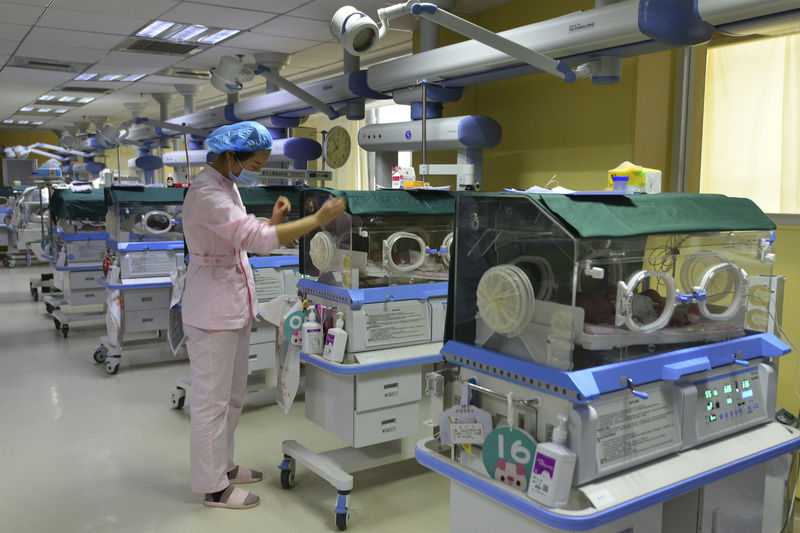China’s population growth continues to fall
23 January, 2019

China’s population growth rate continued to slow in 2018, spelling possible trouble ahead as a swelling number of retirees pushes up against a shrinking labor pool.
Numbers released Monday by the National Bureau of Statistics put the population at 1.395 billion in 2018.
That marked a growth rate of .381 percent, an addition of 15.23 million people, the bureau said Monday. That’s nearly 2 million fewer than the year before.
China for decades sought to slow its population growth, seeing a massive population as a drag on development, and it now joins Japan, South Korea and other East Asian nations in seeing a radical drop in its birthrate.
Yet the pace at which population growth has slowed has become a concern in recent years as the country’s seemingly inexhaustible supply of ready labor has declined. Better-educated young Chinese face more complicated but also more varied job prospects and are less inclined than their parents to marry and start a family.
“Many of us grew up as only children and we’re a little selfish about putting our own satisfaction above having kids,” said Mina Cai, 26, a Beijing office worker.
The government estimates China’s population will peak at 1.442 billion in 2029 before beginning to decline the year after. That’s after decades of regulation seeking to hold most Chinese to one or two children.
India, the world’s second-most populous nation, has also been experiencing slower population growth. Its total population stood at 1.362 billion this month based on United Nations estimates.
Yet China also faces a unique dilemma: Its 2018 population total included 30 million more men than women, considered a long-time outcome of the recently abandoned one-child policy under which boys were favored over girls for cultural reasons.
China added more than 17 million people to its population in 2016 and 2017 following the scrapping of the one-child policy, but the effect hasn’t endured.
Care for the elderly is a rising government concern as the working-age population continues to fall as a percentage of the total.
Chinese increasingly enjoy better living standards, education and health care, but a yawning gap between the wealthy and poor has experts saying the country will grow old before it grows rich.
Also Monday, the government announced China’s 2018 economic growth fell to a three-decade low, adding to pressure on Beijing to settle a tariff war with Washington.
The world’s second-largest economy expanded by 6.6 percent from a year earlier, down from 2017’s 6.9 percent, official data showed.
China’s ruling Communist Party is trying to steer China to slower, more self-sustaining growth based on consumer spending instead of trade and investment.
But the deceleration has been sharper than expected, prompting Beijing to step up government spending and order banks to lend more to shore up growth and avoid politically dangerous job losses.
For young Chinese like Cai, the country’s leaders may need to step in if they want to encourage further population growth.
“The financial pressure of life in the city makes the idea of having a child almost impossible,” Cai said. “I think more needs to be done by the government.”
TAG(s):
